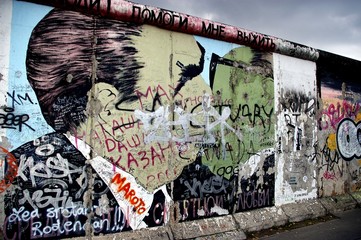Your hands, up close, are anything but smooth. With peaks and valleys, folds and rifts, there are plenty of hiding places for a virus to stick. If you then touch your face, the virus can infect you. But there are two extraordinarily simple ways you can keep that from happening: soap and water, and hand sanitizer. So which is better? The coronavirus that causes COVID-19 is one of many viruses whose protective outer surface is made of a lipid bilayer. These lipids are pin shaped molecules whose heads are attracted to water, and tails are repulsed by it. So in water-rich environments, lipids naturally form a shell like this, with the heads outside and the tails inside. Their shared reaction to water makes the lipids stick loosely together— this is called the hydrophobic effect. This outer structure helps the molecular machinery of the virus break through cellular membranes and hijack our cells. But it has thousands upon thousands of weak points where the right molecules could pr...
Hey ! Welcome to Daily tips blog , best place to get informed about latest Gyan, History etc topics.

Comments
Post a Comment